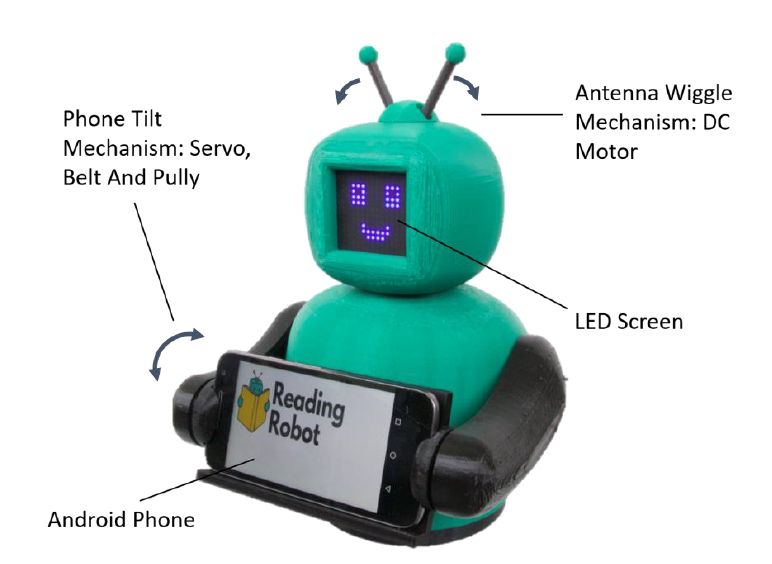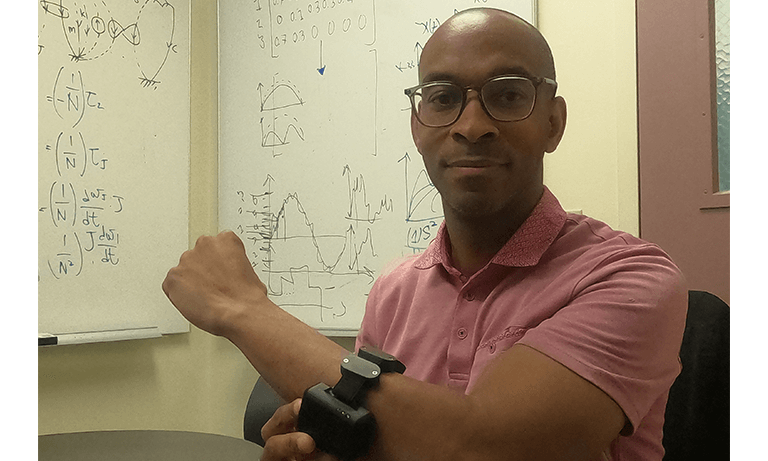Mechanical Engineering Associate Professor Eric Espinoza-Wade wanted to delve into innovative ways to help people with neurodegenerative disorders.
He began by tracking patients’ movements using a device similar to a smartwatch to measure mobility and range, among other variables.
Over time, his research expanded to include the use of robotics.
Espinoza-Wade’s interest in the application of engineering principles to focus on neurodegenerative disorders sparked during his post-doctoral research.
“My Ph.D. work focused on elderly people,” he explained. “Research output was good, but it wasn’t motivated by the population that would use it.”
Having recognized this, he wanted his work to be more human-focused. He worked closely with psychologists who put human needs at the center of their research. That’s how he shifted his focus to social robotics.
Social robots use artificial intelligence and are designed to interact with humans and other robots. They serve an array of uses and can be especially beneficial to people with physical or social impairments.
“We are using social robots to help children with hearing impairments or reading issues,” he said. “The robots are programmed to react positively when a child gets an answer correct as a form of affirmation.”
Not only are the robots’ interactions crucial to the children’s development, but the robots’ design plays an important role.
“Generally, the robots will look childlike and cute,” Espinoza-Wade shared. “The general perception of a robot is something that can do something bad, so we create our robots to be visually attractive.”

The robots can be used to help children with autism spectrum disorders practice social interaction. The idea is for the child to get comfortable talking to the robot and use those social skills to then interact with other children.
“Once the child feels confident with the robot, we will bring in another person for the child to interact with,” he said.
The research has since expanded to people who have had strokes. Espinoza-Wade and his fellow researchers are using social robots in between person-to-person sessions to prolong the amount of therapy time.
“Most patients have a limited number of physical therapy hours. The goal of the robots isn’t to replace physical therapists but to extend the amount of therapy time,” he explained.
The social robots also provide positive feedback during the physical therapy sessions, and Espinoza-Wade is collecting data on if that reassurance is beneficial to the patients’ recovery.
“If they don’t continue to use their limbs, the arm motion decreases,” he said. “Having someone there to motivate you might help encourage the patients to practice muscle movement.”
Espinoza-Wade is expanding his research to include those with Parkinson’s disease. While he has collected numerous data, the end goal is to make the recovery process – or life in general – easier.
“No matter the results, the research should be human-focused and aim to benefit the patients,” he shared.
By Taylor Villanueva


